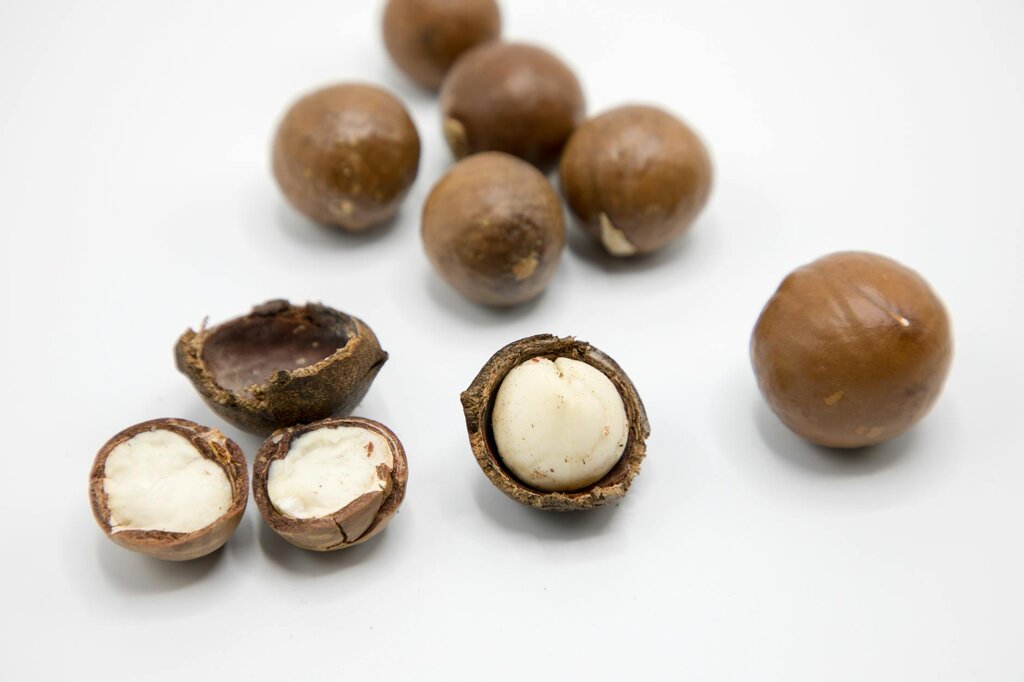Last Updated: 05/11/2025
Easter Food Dangers for Pets: A Vet's Guide
Keep your pet safe this Easter. While we enjoy chocolate and hot cross buns, these treats are toxic to pets. Our vet details the top Easter dangers, including lilies and macadamias, and provides safe treat alternatives.
Author: Dr Carla Paszkowski BVSc (Hons)
Reading Time: 7 minutes - short read
When a celebration like Easter comes around, it's usually time for special treats! Even if you're not religiously inclined, you'd be hard pressed to find an Aussie who doesn't love cracking the chocolate ears off a bunny and biting into a warm, bakery-fresh hot cross bun.
As harmless as Easter treats may be for us (except for your waistline!), the same can't be said for our pets. Some Easter treats can pose a risk to our dogs and cats and may even be fatal.
Our Vets have listed the top Easter dangers for your pet and what to do in an emergency. We have also included some Easter treats for your furry friend to indulge in safely this holiday season, because don't they deserve a visit from the Easter bunny too!
The facts about chocolate toxicity

Chocolate is poisonous to dogs and cats because it contains methylxanthines. The methylxanthines in chocolate are: theobromine and caffeine. Unlike humans, cats and dogs are unable to metabolise these compounds and therefore become sensitive to the effects. Both theobromine and caffeine product similar effects, but the effects of theobromine last longer.
Signs of Chocolate Toxicity
- Diarrhoea
- Vomiting
- Hyperactivity
- Irregular heart rate
- Tremors
- Seizures
- Death in severe cases
Read through our guide to Chocolate Toxicity in Dogs for more information.
The darker the chocolate, the higher the toxicity
There are many levels of chocolate dilution: white, milk, dark milk, dark, bitter black, etc. Generally, the darker the chocolate, the higher the cocoa content, which means the more theobromine and caffeine there is.
Approximate methylxanthine (theobromine + caffeine) levels in chocolate:
- White chocolate: 0.1mg/g
- Milk chocolate: 2mg/g
- Dark, semi-sweet chocolate: 5mg/g (or higher)
- Unsweetened (baker's) chocolate: 15mg/g
- Dry cocoa power: 28mg/g
In order to calculate whether your dog or cat has ingested a toxic level of methlxanthines, you will need to know:
- Your pet's weight
- The darkness of the chocolate
- How many grams were likely consumed
If it is not clear how much chocolate was actually consumed, the largest possible amount should be determined based on how much chocolate is missing.
Approximate toxic doses of methylxanthines per kg bodyweight:
- Mild signs, such as vomiting and diarrhoea: 20mg/kg
- More severe signs, such as agitation, hyperactivity, and irregular heart rate: 40mg/kg
- Dosages >60-80 mg/kg are associated with tremors, seizures, severe cardiac arrhythmias, coma, and death.
What you should do if your pet accidentally eats chocolate?
- Seek immediate veterinary attention if your pet is showing any signs of toxicity. This is the most crucial first step.
- Use a chocolate toxicity calculator, or call your vet for a quick calculation. This will help you and your vet determine the level of risk and the urgency required.
- If ingestion was recent (within an hour or two), take your pet to the vet. They may be able to induce vomiting to remove the chocolate. Important: You should never try to induce vomiting at home.
- If ingestion occurred several hours prior and the dose is considered toxic, hospitalisation and supportive care will be needed.
- Be prepared for a hospital stay. It can take up to four days for theobromine to work its way out of your pet's system. This means signs of toxicity can last for a few days, and your pet may require ongoing hospitalisation for monitoring and treatment.
Why are hot cross buns dangerous?

The risk of toxicity from hot cross buns, comes from the consumption of sultanas and raisins, and also the chocolate chips in some varieties.
Often found in traditional hot cross buns, ingestion of grapes and their dehydrated versions can cause irreversible kidney failure in cats and dogs.
The exact mechanism of this is unknown, so it is impossible to calculate a universal toxic dose. For this reason, if your pet consumes any grapes, sultanas, or raisins it is recommended to see a veterinarian immediately. Your veterinarian may induce vomiting to decrease the toxic effects, but hospitalisation, intravenous fluids and supportive care may be required to help protect your pet's kidneys.
For more information, read our veterinary written article Can Dogs Eat Grapes?
The hidden danger of Easter lilies

Easter Lilies (Lilium longiflorum) are a traditional symbol during the Easter holiday period as they represent purity and innocence. Easter lilies are often given as gifts around Easter, either as potted plants or in flower arrangements.
As with all lily species, Easter lilies are highly toxic to cats, with the consumption of any part of the plant, including the leaves, stem, flower, pollen or even the water from a vase, resulting in fatal kidney failure. If you have a cat at home, it is best to avoid lilies completely, but if your cat does come into contact with a lily flower they should see a veterinarian immediately.
Lilies are very common in flower arrangements, so if you are giving a gift to a friend with cats, ensure it does not contain any lilies.
For more information, read our vet-guide to Plants Toxic to Pets.
Macadamia nuts

Macadamia nuts are highly poisonous to cats and dogs, and can be found in boutique chocolate slabs at Easter time.
While the exact cause of the toxicosis is unknown, signs of macadamia nut poisoning include:
- Inability to walk or stand
- Wobbly gait
- Tremors
- Hyperthermia
- Vomiting
If encased in their shell, they can also pose a risk as a gastrointestinal foreign body. It is import to see your veterinarian if your pet consumes any part of the macadamia nut.
For more information, read our articles about Dangerous Foods For Dogs and Toxic Food and Household Items for Cats.
Safe ways for your pet to celebrate Easter
Easter is a fun time filled with indulging and family, so why should our pets miss out! There are a range of easter themed toys, and pet-safe treats to spoil and delight your fur baby. After all, why should they be the only family member to miss out on a visit from the Easter bunny!
FAQs
Easter is a wonderful time to share with all our family members, including the furry ones. Being aware of the dangers - like chocolate, sultanas, and lilies - is the best way to keep your pet safe.
By supervising treat time and securing human-food temptations, everyone can enjoy the holiday safely. If you suspect your pet has eaten something they shouldn't, contact your local or emergency veterinarian immediately.
Articles recommended for you
Our vet authored guide to the benefits of feeding your dog fresh food plus tips and advice for introducing it into their regular menu.
See our guide to protecting your pet from parasites from our vet team.
Thinking of getting a fish? Check out our guide for setting up a tank and home care tips!
Looking to understand horse feeds better? This comprehensive guide covers feeding recommendations for horses of all ages and disciplines.
Does your pet suffer from anxiety? Check out our Vet-guide for treatment options to help your pet.
History
Our experts continually monitor the health and wellness space and we update our articles when new information becomes available.
Thu 6 Nov 2025
Edited by Dr Gillian Hill BVSc (Hons)Dr Carla Paszkowski BVSc (Hons)
Veterinarian
Dr. Carla graduated from the University of Queensland in 2013 with a Bachelor of Veterinary Science and worked for a number of years in small animal clinics across South East Queensland. While Carla enjoys most facets of clinical veterinary work, she holds a special passion for feline medicine, pocket pets, and nutrition.

